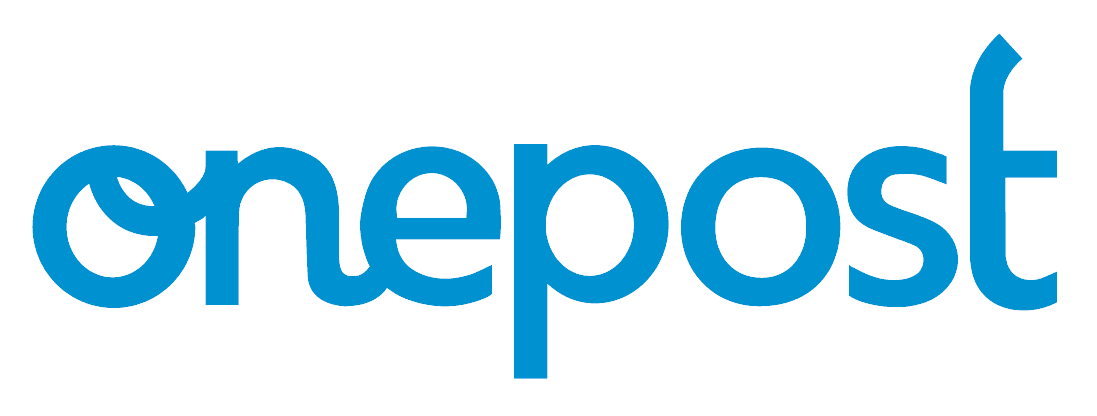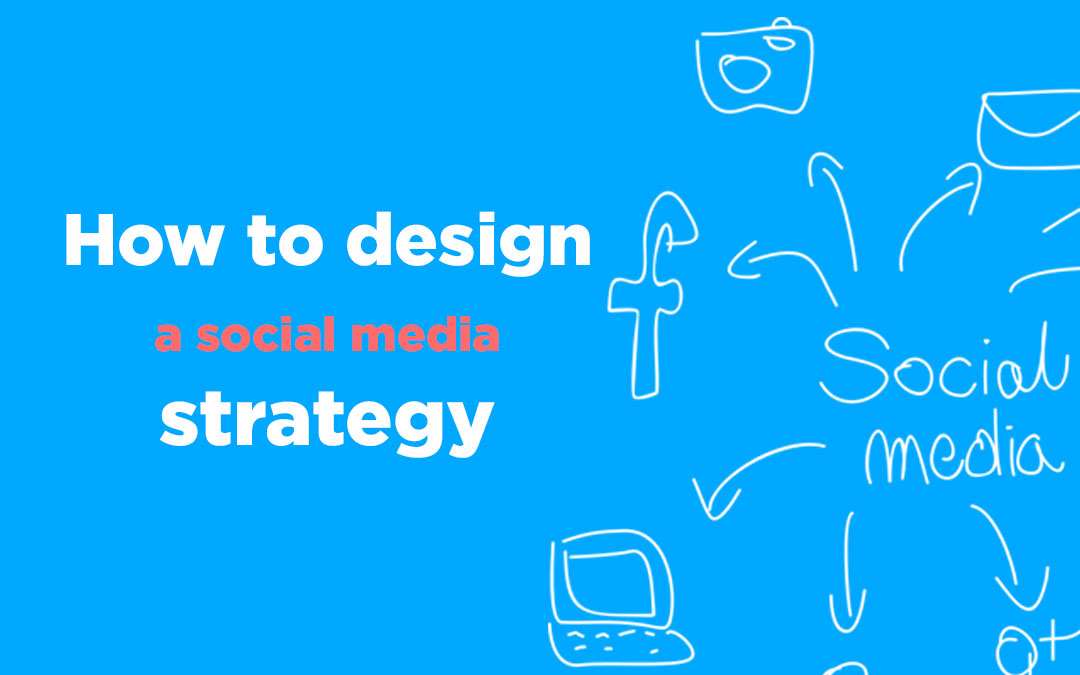Social media is one of the cornerstones of the digital marketing campaign, next content marketing and advertising. But how do you create a social media strategy for your brand?
Goals
Overall, the critical outcomes for a good social media channel for a brand is as follows:
- Increase in Sales
- Increase of Key Fans
- Increase in Brand Awareness
These goals can be influenced by several factors
- Reach – Increasing reach, offers and campaigns have access to potential customers
- Share-Ability – Posts must be shareable, the more times a item is shared, the higher social media algorithms place it.
- Traffic – A post needs to drive traffic to the offer, and have a very clear call to action.
- Engagement – How many comments a post gets. More comments increases the visibility of a post.
- Brand Trust – How trustworthy a brands reputation is and how much fans believe in the brand attitude.
Key Fans would be people who advocate the brand to their friends, and in term are free ‘micro influencers’.
Have a look at your brand and decide what would be the best goal. For a new business we would suggest just building brand awareness as the most critical growth factor would be the size of your database. For an already established business that already has a database, and the existing social media platform, driving sales can be a goal social media.
Content
What do you post?
Content is one of the more important aspects of the social media channels, as it is easily changes and influencers customers behaviour the most.
Content can be split into several categories.
- Product/Service – Actual content based around your product and service. So for example you had a product this is where you would have photos of it.
- Lifestyle – Brand attitude content to affect how customers feel about the brand. For example if it was a product that was used by the sea, you can have photos of the ocean.
- Proof of Performance – Shots taken from public, tagged photos (Or influencers) that show attractive/fun people enjoying the product.
Whilst content should be taken with professional photography equipment, other content can be sourced from influencers, or other users and credited appropriately. Team member should be encouraged to submit content for the social media channels.
Influencers
At first it might seem easy to simply have some large influencers attached to the brand, however, a proper distinction must be made between the two types:
- Large Influencer – Typical large influencer with over 100k followers. They will expect financial reimbursement (Around $1-2 thousand) but will act as a professional media maker. If possible, get them to create as much content as possible (But they will only chose to post one or two). Most however will be willing to trade their reach for services, so best to always try to negotiate.
- Thought Leader – Smaller reach, but very engaged following. These influencers, many typically bloggers, will have a very specific niche. For example a food thought leader would be a ex-chef who would be easily engaged to discuss a food topic.
- Micro Influencer – A local who only has little reach (But is very popular in their social circle). They would not be paid.
A social media plan would benefit with having at least one micro-influencer come a week, plus a larger one once a month.
Community Management
When cultivating an online community, it is critical that a very specific rules are followed, to ensure that any conversations are quickly resolved and to the satisfaction of, not only the community member in question, but to show anyone who reads the page.
- Any complaints should be filed in a system, such as a simple excel sheet, in which users are given a case number and checked if they have been resolved.
- All reviews should be replied to, and if possible, 1-3 star ratings ASAP.
- Conversations that need more discussion taken offline/email in the first message.
Social Media Channels
It would be prudent to have a set schedule, i.e. Monday for ‘Proof of Performance’, Tuesday for ‘product’ etc. As much systemisation as possible, with tracking metrics to determine how effective your social media channels really are.
The following times are based off what works more effectively and drives the most engagement, as recommended by over 20 different studies.
| Day | Monday* | Tuesday | Wed | Thursday | Friday* | Saturday | Sunday |
| 8am | 5pm | 3pm | 12pm | 12pm | |||
| 8am | 5pm | 3pm | 12pm | 12pm | |||
| 3pm | 3pm | 3pm | 3pm | 3pm | |||
| 10.45am | 10.45am | 10.45am |
*Instagram stories should also be posted throughout the week.
Putting it together
Now that you have all the necessary tools to put together a social media strategy, it’s time to actually plan out a months worth of content.
Start outlining a calendar (and use the posting schedules above) and decide what content you will place that what date. Be sure to think about ‘cross posting’, when you take content that is on Facebook and share it to Instagram. This can save you time and energy from reposting.


